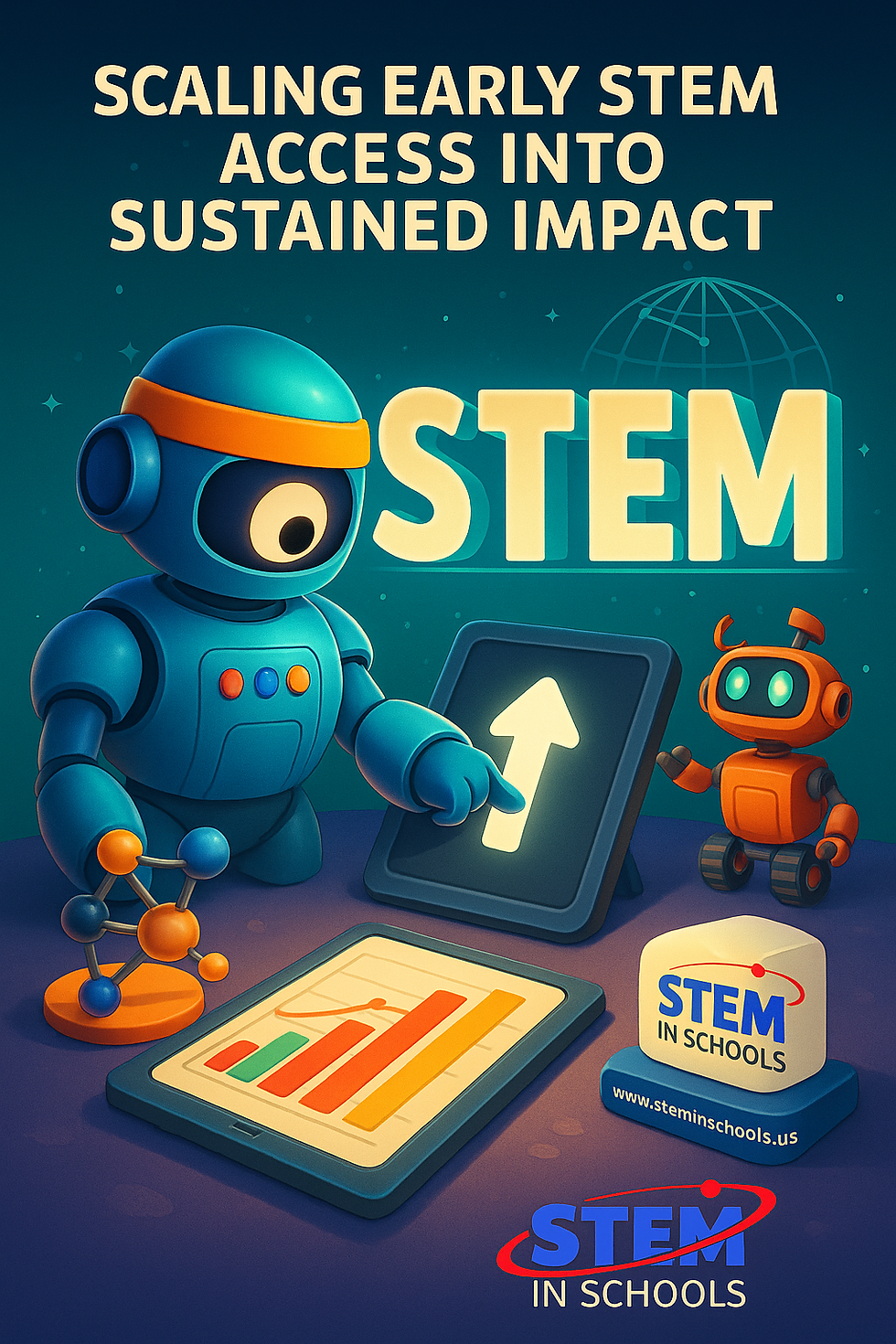“From AI to Ecosystems: The Next Frontier of Global K‑12 STEM”
- Eduardo Galindo

- Sep 30
- 1 min read
In today’s rapidly shifting K‑12 STEM landscape, three developments stand out:
Argonne’s AI + STEM Summit brought together educators and leaders to rethink how AI can embed within core STEM tracks, bridging classroom learning with workforce pathways. Inside HPC & AI News
A $6.5M investment from the Gilead Foundation signals renewed philanthropic confidence in scalable, equitable STEM programs—especially where resources are limited. Gilead+1
The 2025 Eco Equilibrium robotics challenge, launched by FIRST Global, reframes robotics competitions as global ecosystem collaboratives—not just adversarial matches. FIRST Global
For K‑12 STEM leaders, here’s why this matters:
Integration over siloing: AI, environment, health, and engineering no longer live in separate boxes.
Sustain and scale access: Funding must support equity, infrastructure, and teacher capacity—especially in underserved regions.
Global narrative shift: Robotics and STEM challenges are evolving toward cooperation, mission-driven themes, and real-world alignment.
Let’s amplify this evolution: share your district or school’s story of integrating AI, environment, or equity into STEM. Use #STEMinSchools #K12STEM #FutureReady to connect.


.png)


Comments